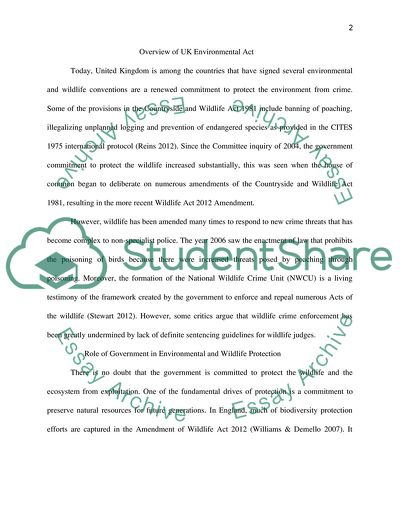Cite this document
(“Government in Preventing Environmental Crime Essay”, n.d.)
Retrieved from https://studentshare.org/law/1672477-government-in-preventing-environmental-crime
Retrieved from https://studentshare.org/law/1672477-government-in-preventing-environmental-crime
(Government in Preventing Environmental Crime Essay)
https://studentshare.org/law/1672477-government-in-preventing-environmental-crime.
https://studentshare.org/law/1672477-government-in-preventing-environmental-crime.
“Government in Preventing Environmental Crime Essay”, n.d. https://studentshare.org/law/1672477-government-in-preventing-environmental-crime.


